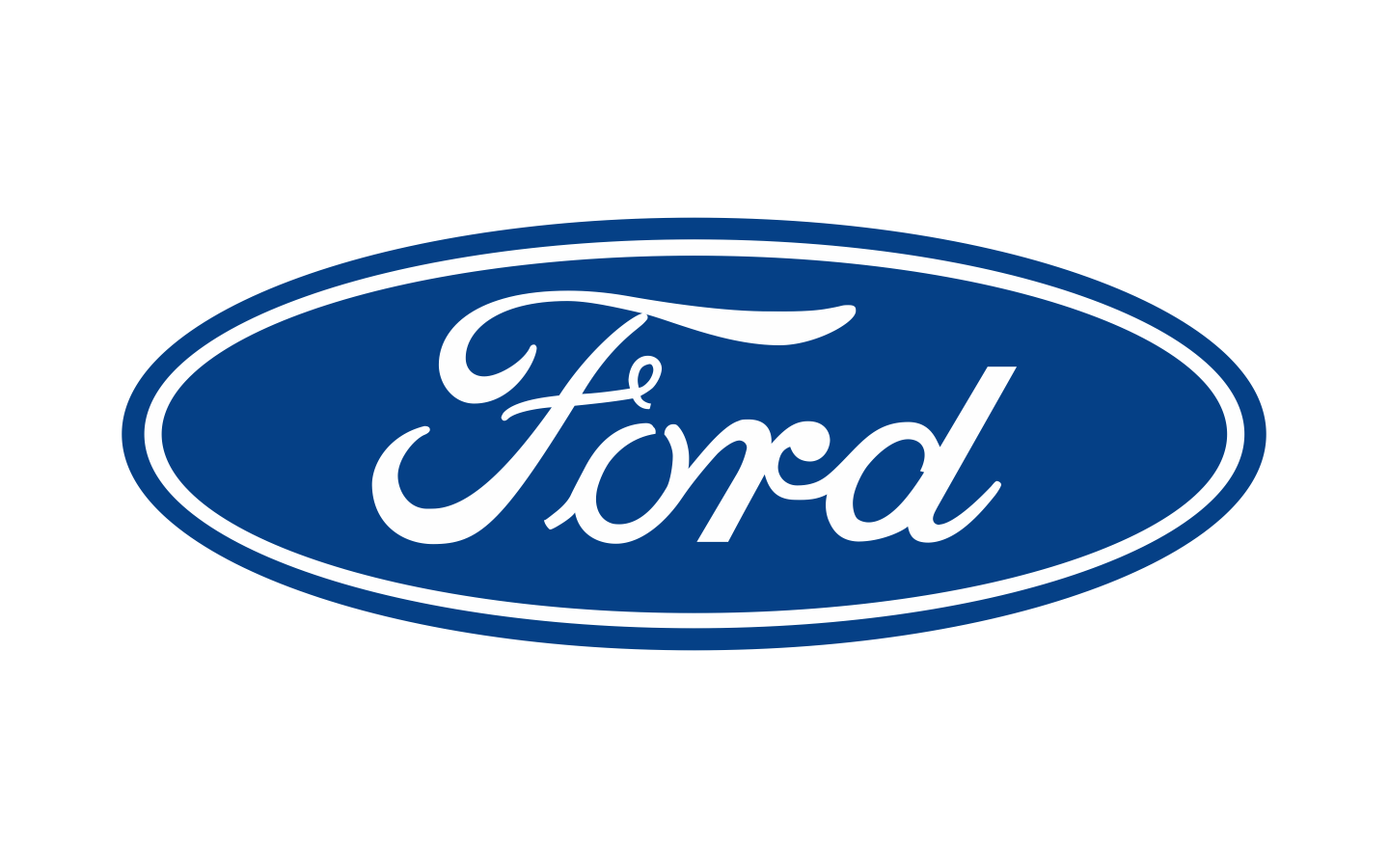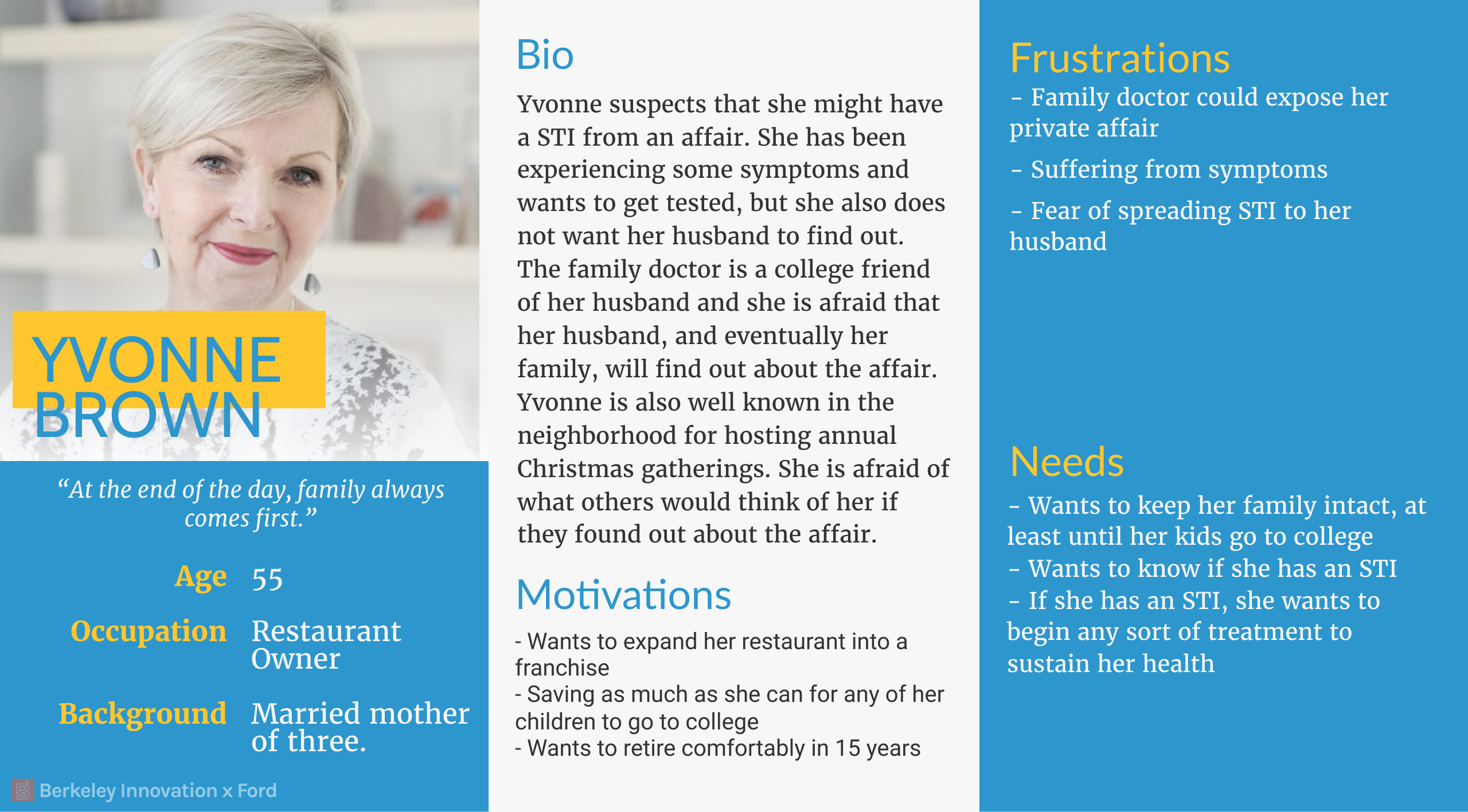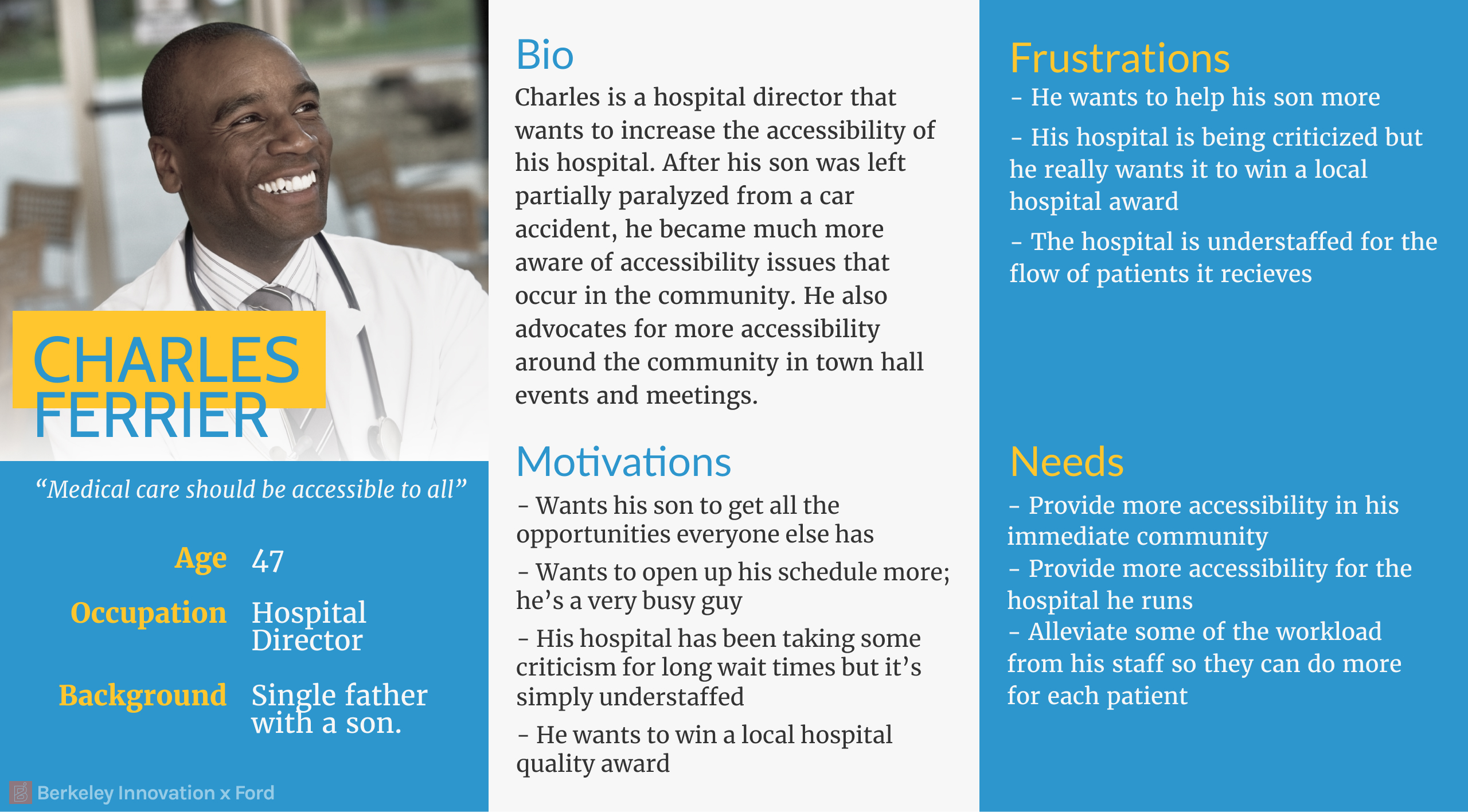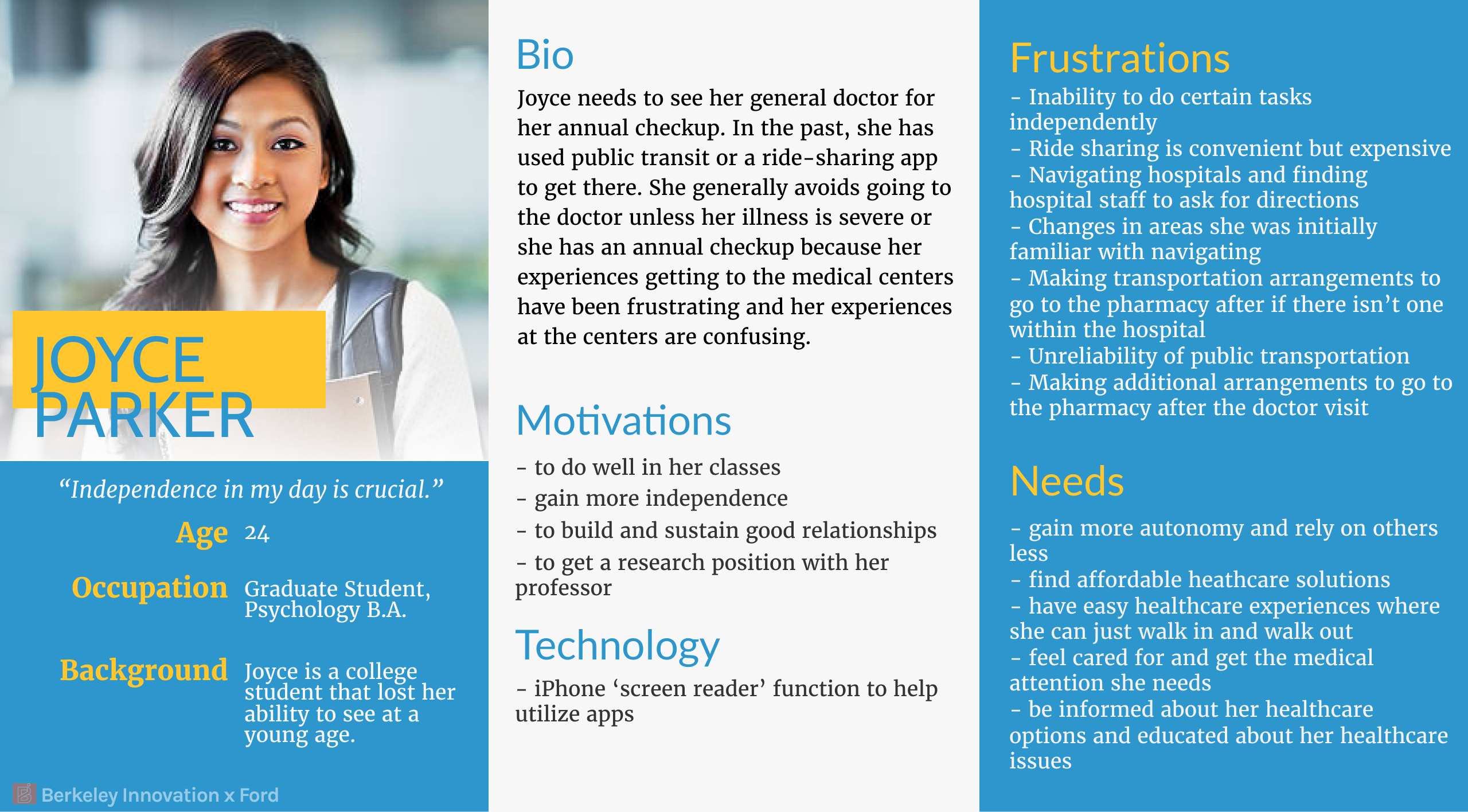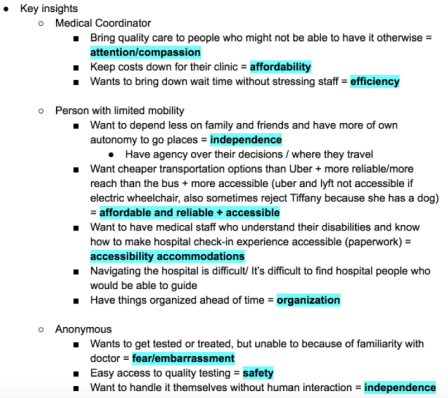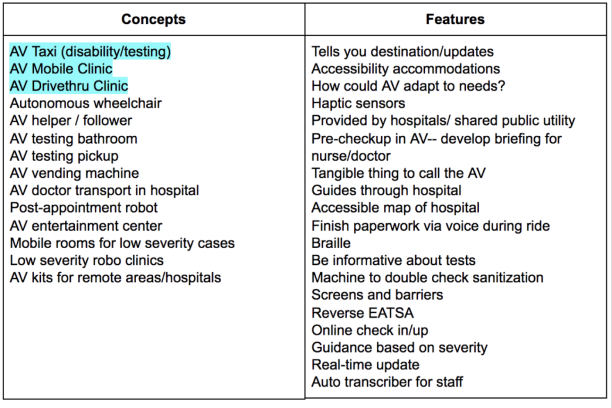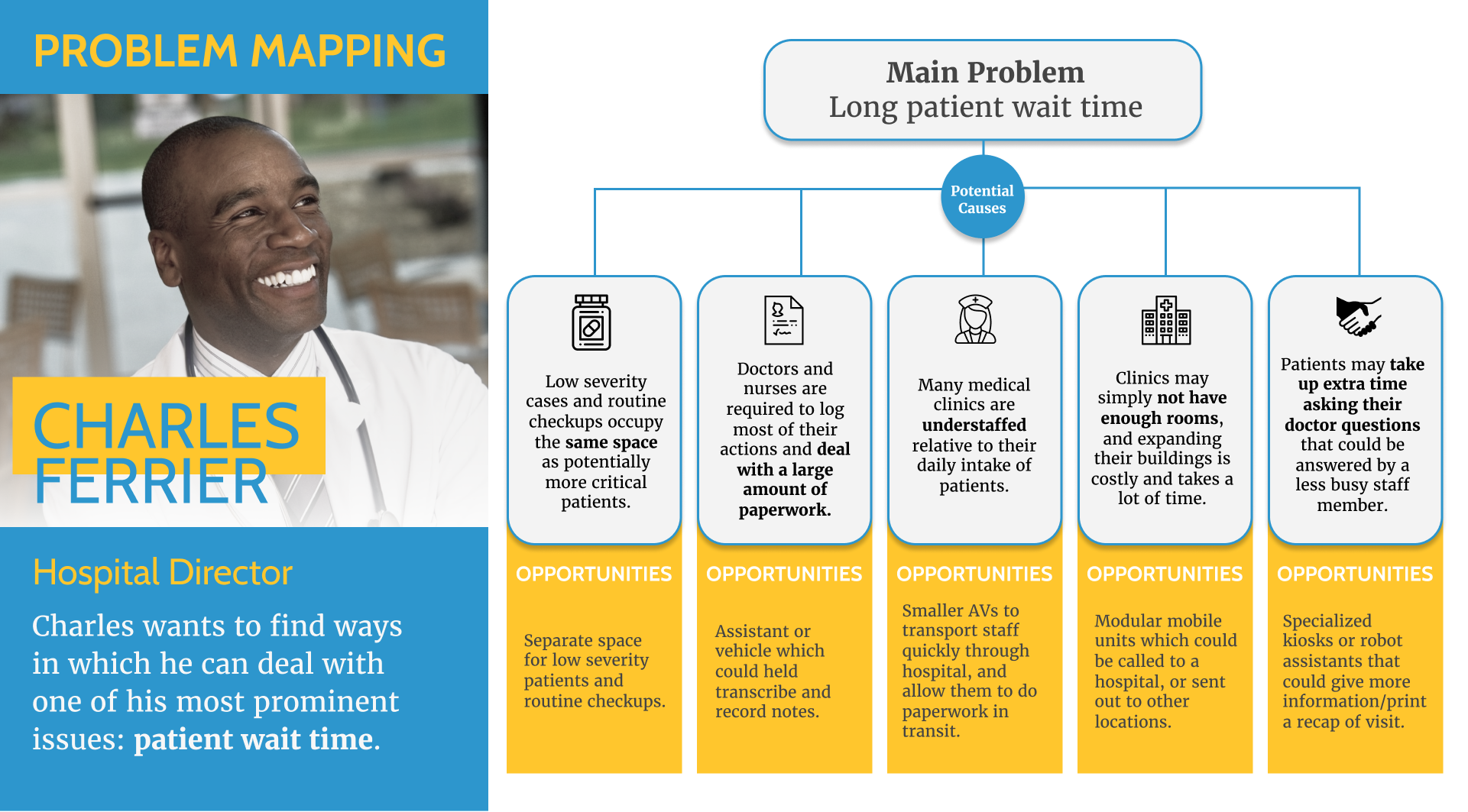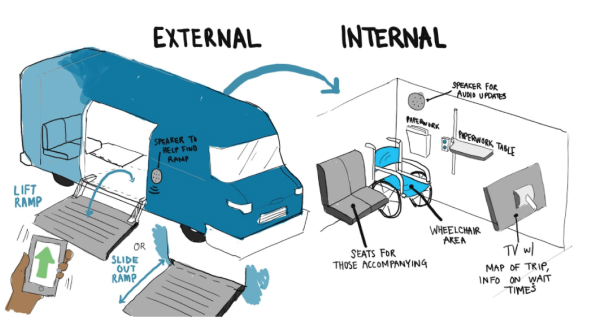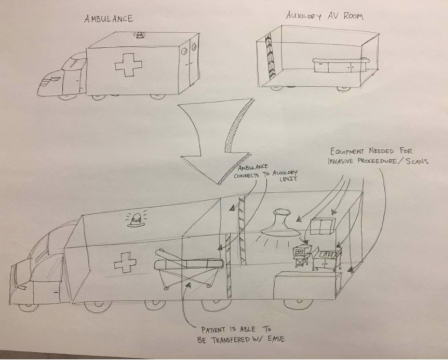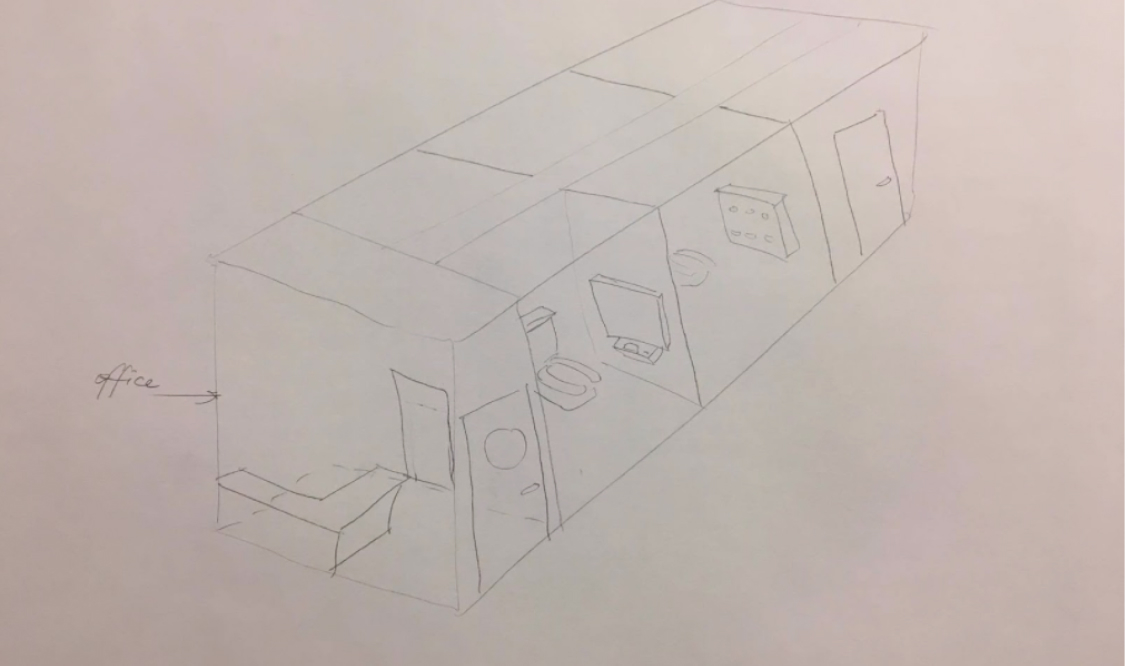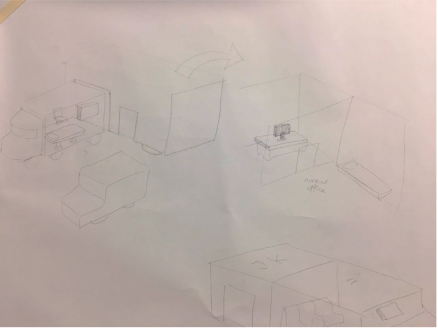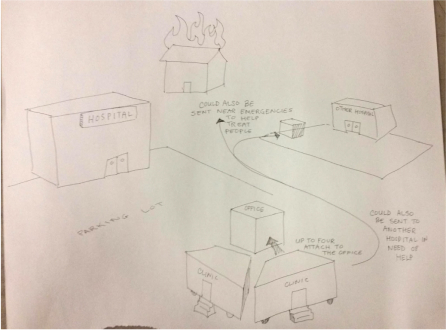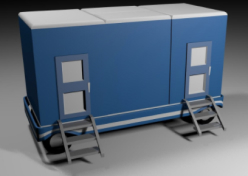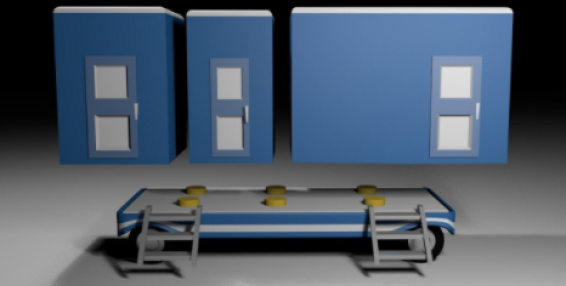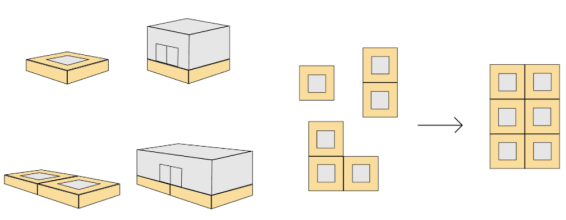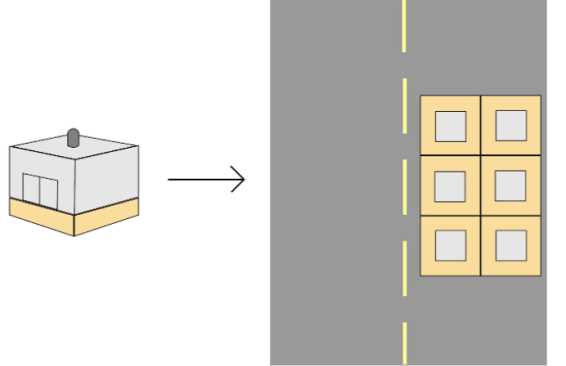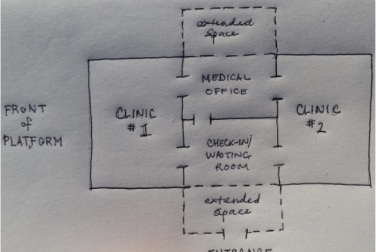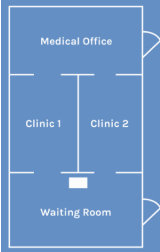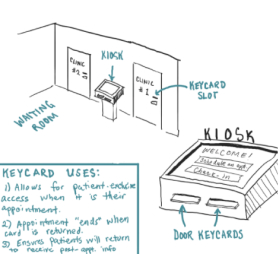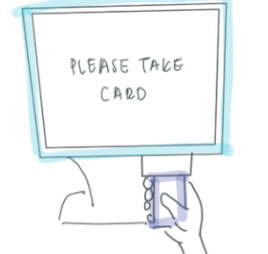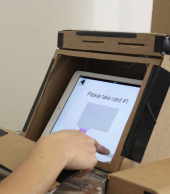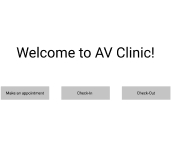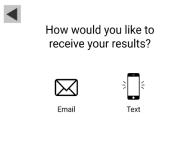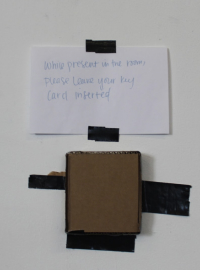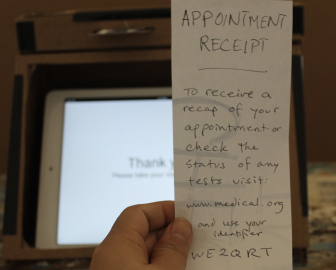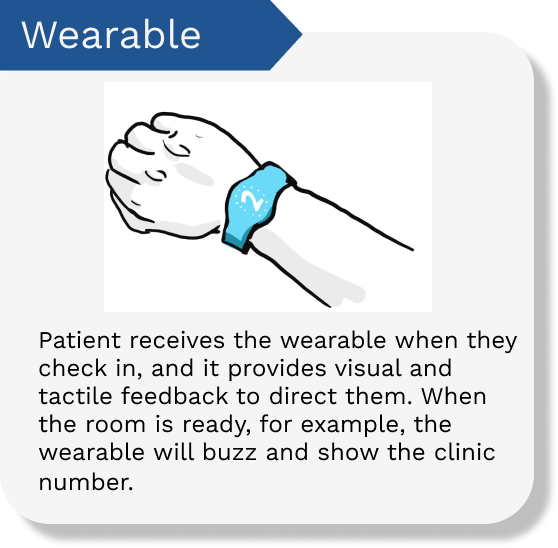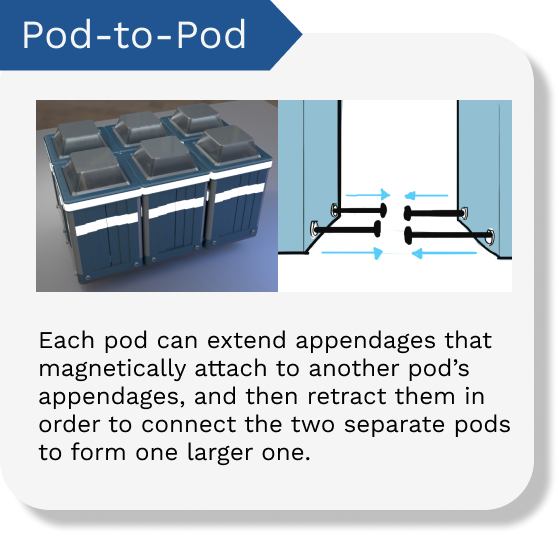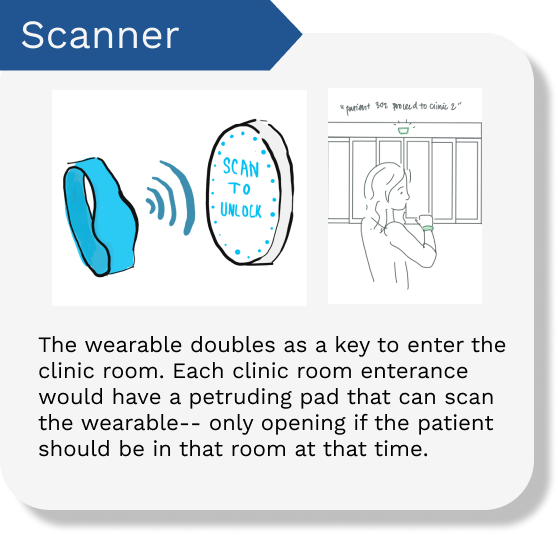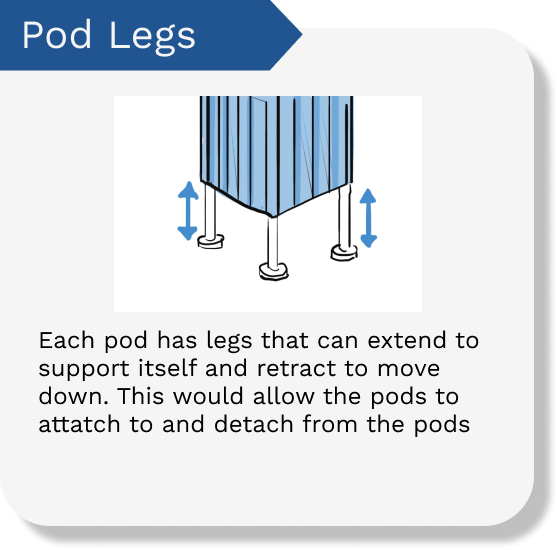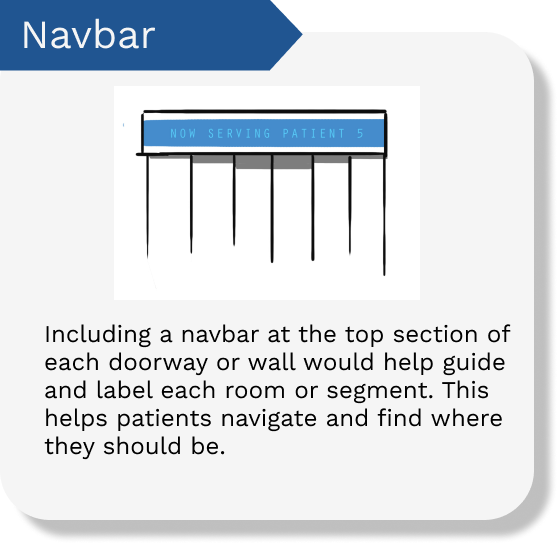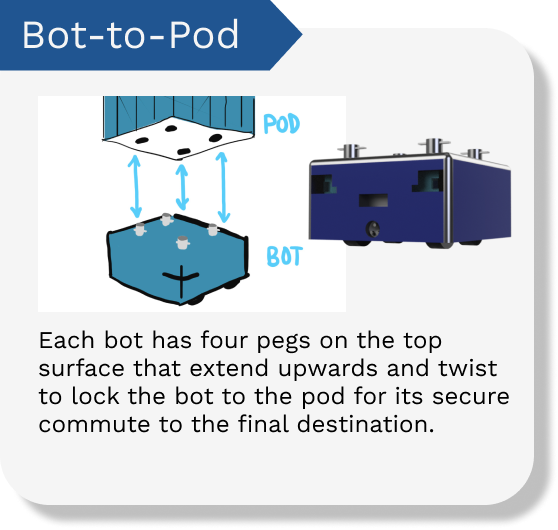Teammates
Inaara Charolia
Joseph Fajnor
Julia Liang
Varna Vasudevan (Mentor)
Duration
Fall 2017 (9 weeks)
Role
Design Consultant
Tools
Adobe Illustrator
Autodesk Fusion 360
Figma
InDesign
Background
Our team from Berkeley Innovation collaborated with Ford Motor Company’s advanced Driverless User Experience (DUX) team. We were challenged to envision the future of autonomous vehicles (AV) within the medical space, researching and discerning potential uses for the AVs.
Given the scope of the project, we initially began by exploring a variety of potential user problems to address.
How might we utilize autonomous vehicles in the medical space?
Research
We conducted extensive research using a variety of methods including desktop research, surveying, as well interviewing both medical patients and professionals.
Desktop Research
Before delving into user research, we looked into groups to design solutions for as well as the current automotive vehicle advances. We also explored how individuals feel about autonomous vehicles.
Surveys
We conducted a survey to find pain-points regarding the patient experience and hear stories about people’s medical experiences. Overall, our motivation was to find pain points as well as learn about what makes a positive or negative medical experience.
Interviews
We interviewed several people from the surveys as well as medical professionals around the bay, including: Berkeley Free Clinic, Needle Exchange, Disabled Student’s Program, UC Berkeley, Alzheimer’s Services, East Bay
Insights
Given the various directions our project could take within the medical space, our initial research covered a range of issues from mobility to anonymity. From our initial research, we found that:
1. Maintaining an individual’s agency is crucial, particularly for those with mobility/disability issues
2. Human interaction could deter a large group of people who want to be screened or tested
3. Long wait times are a common issue; however, people want more time spent on them by the doctor to answer questions and explain their options
4. Severity of the medical issue is the largest indicator for people to seek help
5. Mobile clinics are effective in reaching out to more people and in reducing costs
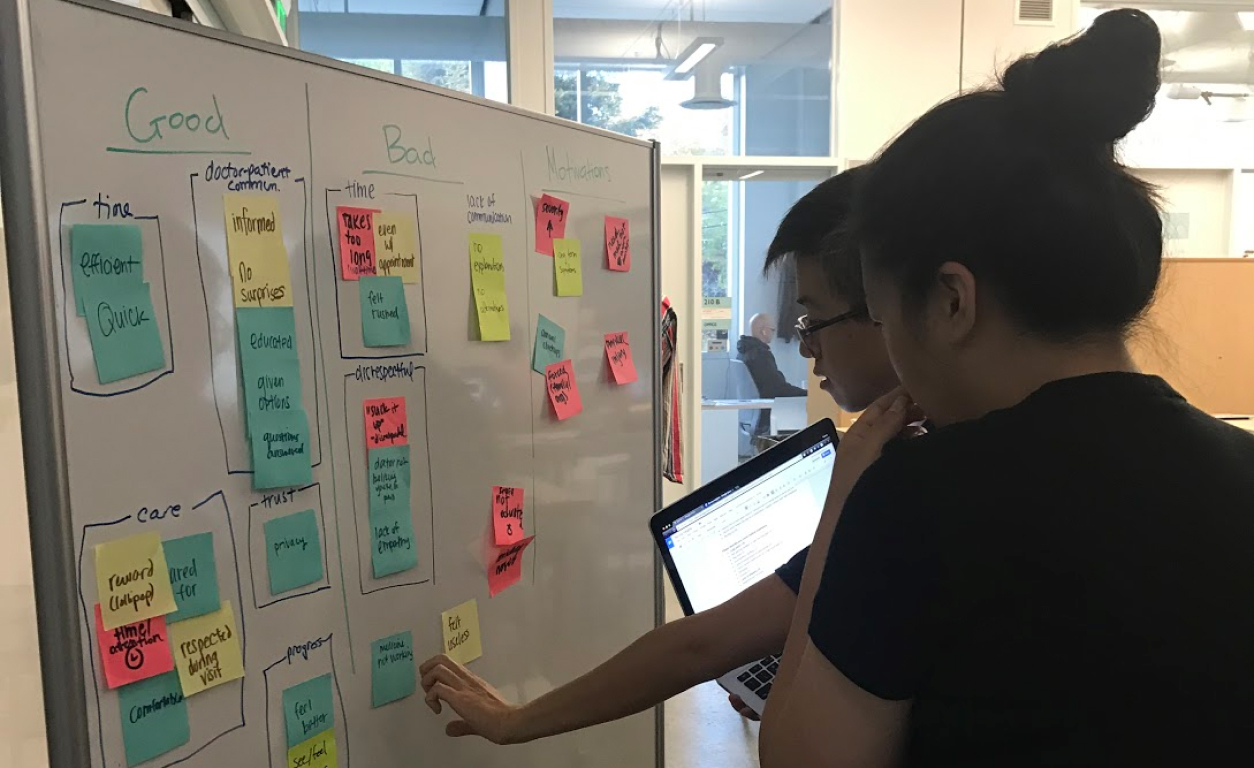 Julia and I organizing some of the insights from research.
Julia and I organizing some of the insights from research.
Personas
We took the insights and surveys to generate personas we could focus on. We would have liked to explore more perspectives, but we had to cut down in order to keep on the timeline.
Personas we removed
Person with financial barriers
Doctor/Nurse
Young person (under 18)
Personas we kept
Person with mobility issues
Healthcare director/coordinator
Person seeking anonymity
Ideation
As we began to brainstorm the potential for AV in healthcare, we began by synthesizing our research by breaking down the needs for each persona into one-word concepts. We then brainstormed a variety of potential concepts/features by referencing these the one-word needs for each of our personas.
Initial Concepts
We fleshed out initial concepts that would address the pain points for the personas. From the initial concepts, we ultimately chose to further explore a solution that would combine some elements seen in these initial concepts. We chose to pursue the structure of AV Bathroom testing (seen below) and develop a mobile clinic, honing in on the needs for our anonymous tester persona, as this proved to be the most scalable.
Refinement + Final Deliverables
After working through a variety of concepts and user testing, we developed refined deliverables for the autonomous vehicle and mobile clinic experience. We highlighted the key interactions
